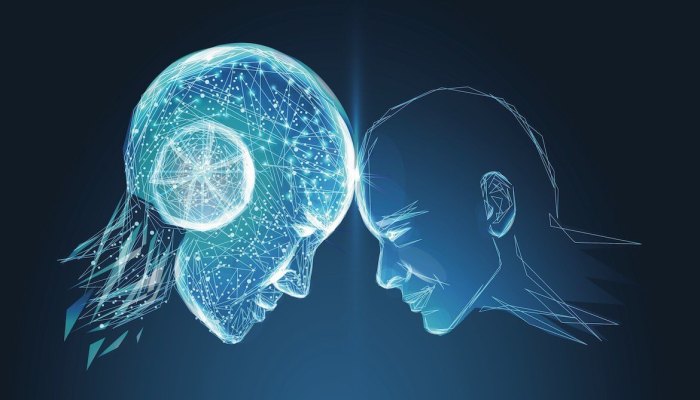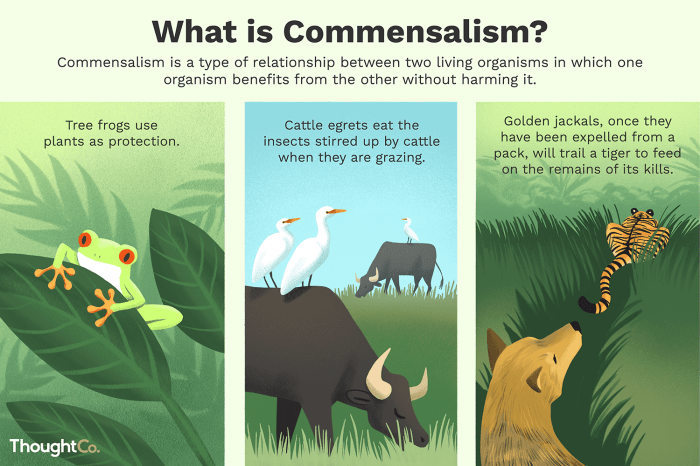Artworks that show interaction between humans and deities have captivated imaginations throughout history, providing a visual testament to the profound relationship between the mortal and the divine. These artworks offer insights into religious beliefs, cultural influences, and the enduring search for connection with the supernatural.
From ancient cave paintings to contemporary installations, artists have employed a diverse range of techniques to portray these interactions, conveying emotions, relationships, and the awe-inspiring presence of the divine.
Historical Depictions: Artworks That Show Interaction Between Humans And Deities
Throughout history, artworks have served as a medium to portray interactions between humans and deities. From the ancient cave paintings of Lascaux to the Renaissance masterpieces of Michelangelo, artists have depicted these encounters in various forms and styles.
One of the earliest examples of such artworks is the Venus of Willendorf, a small figurine from the Upper Paleolithic era. The figurine depicts a woman with exaggerated breasts and hips, suggesting a connection to fertility and the divine. Similarly, the ancient Egyptians created numerous sculptures and paintings of their gods and goddesses, often interacting with human pharaohs.
Religious Symbolism

Artworks depicting interactions between humans and deities often carry significant religious symbolism. In many cultures, these artworks serve as representations of the divine and a means of expressing beliefs and values. For example, the Christian iconography of the Virgin Mary with the infant Jesus symbolizes the concept of divine motherhood and the relationship between humanity and the divine.
In Buddhism, the depiction of the Buddha interacting with his followers conveys the teachings of compassion, enlightenment, and the path to liberation. Similarly, Hindu artworks often portray deities such as Shiva and Vishnu interacting with devotees, representing the divine’s involvement in human affairs.
Artistic Techniques

Artists have employed a wide range of artistic techniques to convey the interactions between humans and deities. These techniques include the use of scale, perspective, and symbolism to create a sense of awe and reverence.
In the painting “The Creation of Adam” by Michelangelo, the towering figure of God reaches out to Adam, creating a sense of intimacy and grandeur. The use of light and shadow in the painting highlights the contrast between the divine and the human, emphasizing the power and presence of God.
Cultural Influences
Cultural factors have significantly influenced the depiction of interactions between humans and deities in artworks. Different cultures have unique perspectives and interpretations of these encounters, which are reflected in their artistic representations.
In ancient Greek art, deities were often depicted as anthropomorphic figures with human-like forms. This reflected the Greek belief in the close relationship between humans and the gods. In contrast, in Islamic art, deities are typically represented through abstract symbols or calligraphy, reflecting the Islamic emphasis on the transcendence and unknowability of God.
Modern Interpretations

Contemporary artists have reinterpreted the theme of interactions between humans and deities in innovative ways. These reinterpretations reflect changing beliefs and perspectives in modern society.
For example, the artist Andres Serrano created a controversial photograph titled “Piss Christ” in 1987. The photograph depicts a crucifix submerged in urine, challenging traditional Christian iconography and sparking debates about the nature of the divine.
Cross-Cultural Comparisons

Comparing how different cultures have depicted interactions between humans and deities in their artworks reveals similarities and differences in artistic styles, themes, and interpretations.
While some cultures depict deities as human-like figures, others represent them through abstract symbols or natural phenomena. These differences reflect the unique beliefs, values, and artistic traditions of each culture.
Social and Political Context
Artworks depicting interactions between humans and deities have often been influenced by social and political factors. These artworks can reflect the power dynamics, beliefs, and values of their time.
For example, during the Renaissance, artists were commissioned by wealthy patrons to create artworks that glorified the Church and the ruling class. These artworks often depicted interactions between humans and deities that reinforced the established social hierarchy.
Visual Analysis
The painting “The Creation of Adam” by Michelangelo is a masterpiece of Renaissance art that depicts the interaction between God and Adam. The painting is characterized by its use of scale, perspective, and symbolism to convey a sense of awe and reverence.
The towering figure of God dominates the composition, while Adam is depicted as a smaller figure reaching out to him. The use of light and shadow highlights the contrast between the divine and the human, emphasizing the power and presence of God.
Quick FAQs
What is the significance of artworks that depict interactions between humans and deities?
These artworks serve as visual representations of religious beliefs, conveying values, rituals, and the relationship between the mortal and the divine.
How have cultural factors influenced the depiction of interactions between humans and deities in art?
Cultural beliefs, traditions, and artistic styles have shaped the ways in which these interactions are portrayed, resulting in diverse representations across different cultures.
What artistic techniques are commonly used in artworks depicting interactions between humans and deities?
Artists employ various techniques, such as symbolism, perspective, and composition, to convey emotions, relationships, and the divine presence.